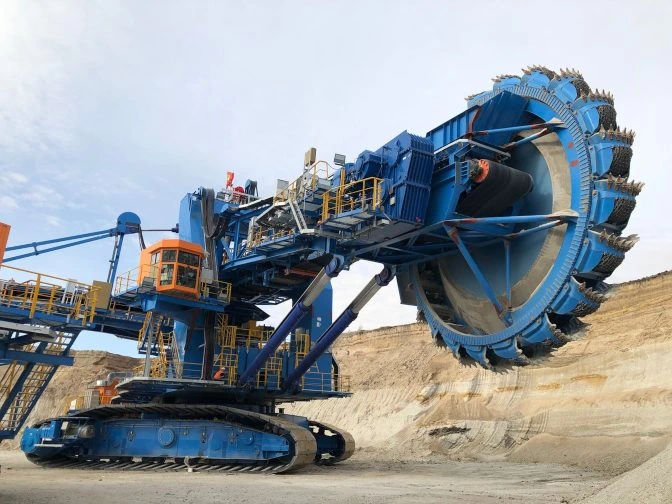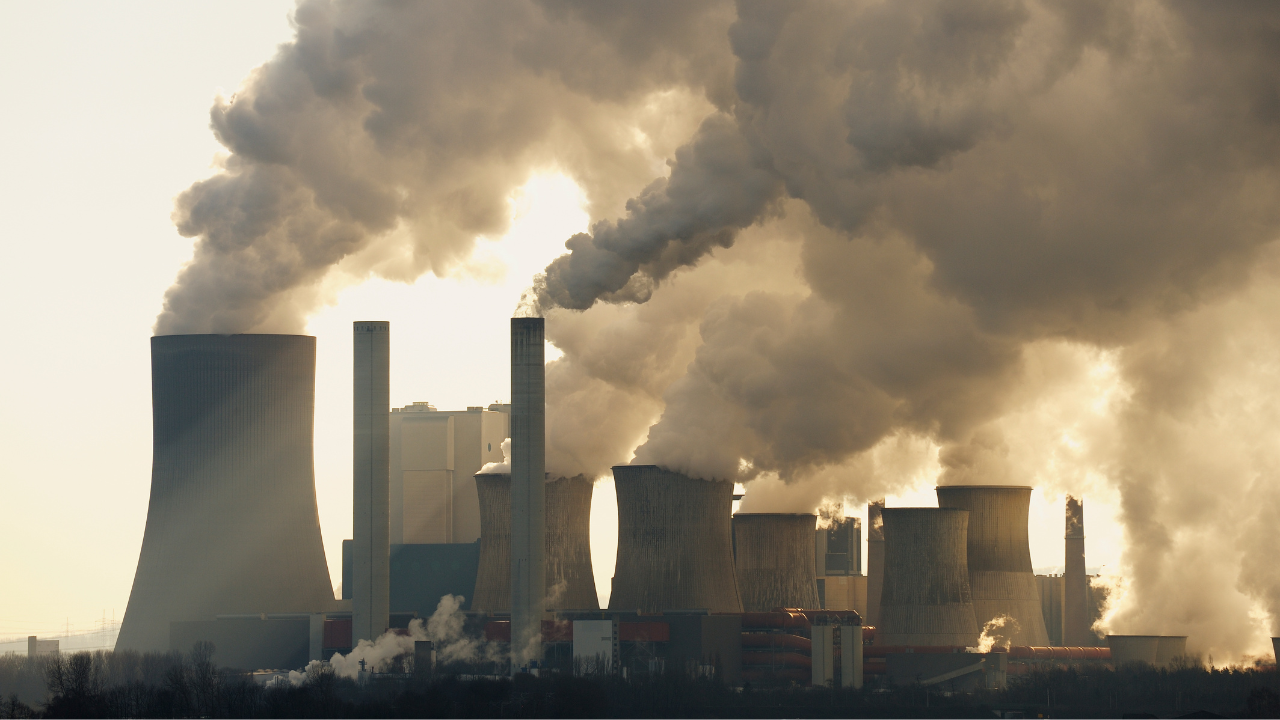
Trump Signs Orders to Reopen Federal Lands for Coal Mining and Delay Plant Closures Amid Rising Power Demand
Trump’s Coal Revival Gamble: A Bold Political Play or a Brief Reprieve for a Dying Industry?
In a sweeping set of executive orders slated for Tuesday afternoon, President Donald Trump is making a dramatic attempt to breathe new life into one of America’s most beleaguered industries: coal. By restoring mining rights on federal lands, designating coal as a strategic mineral, promoting coal exports, and invoking emergency powers to preserve aging coal-fired power plants, Trump’s initiative marks his most aggressive energy maneuver since his return to the political stage.

But beneath the rhetoric of “energy dominance” and “economic revival,” industry insiders, market analysts, and environmental experts warn that the strategy—while politically potent—may do little to reverse coal’s long and accelerating structural decline. Instead, it may expose deeper tensions between short-term energy needs and long-term market realities.
“America First” Meets Energy Grid Realities
In the executive orders, Trump calls for federal agencies to lift the Obama-era moratorium on coal leasing, open public lands to renewed mining, and fast-track exports of U.S. coal and associated technologies. Additionally, coal will be rebranded as a “critical strategic mineral,” a move symbolizing its elevation to a matter of national security.
A critical strategic mineral refers to a non-fuel mineral or material deemed essential for a nation's economic stability or national security. These resources often have vulnerable supply chains, meaning disruption could significantly impact key industries or defense capabilities.
Perhaps most controversially, Trump will use emergency executive authority to delay the retirement of older coal-fired power plants, citing rising energy demands from burgeoning sectors such as artificial intelligence, electric vehicles, and cryptocurrency mining.
“AI doesn’t sleep. Neither should our power grid,” said one senior administration official familiar with the policy discussions.

But while the orders are expansive in scope, the market’s response is more restrained in substance.
Wall Street Cheers, Cautiously
Coal equities rallied following the announcement, with Peabody Energy rising over 15%, Core Natural Resources up 14%, and Warrior Met Coal gaining 11%. But industry analysts warn that these gains are likely speculative and not reflective of long-term fundamentals.
“Investors are reacting to the headlines, not the headwinds,” said one energy analyst from a major investment bank. “The market sees a temporary sugar high, not a sustainable turnaround.”
The fundamental problem remains: coal is simply not cost-competitive. Natural gas and renewables, buoyed by years of capital investment and policy support, have become cheaper, cleaner, and more flexible alternatives. Even if coal plants are kept online temporarily, most operate at low capacity and are approaching the end of their functional life spans.
Table: Levelized Cost of Energy (LCOE) Comparison for Coal, Natural Gas, Wind, and Solar Over the Last Decade (2010–2023)
| Energy Source | 2010 LCOE ($/MWh) | 2023 LCOE ($/MWh) | Cost Change (%) | Key Drivers of Change |
|---|---|---|---|---|
| Coal | ~$100 | $89.33 | -11% | Environmental regulations, declining demand |
| Natural Gas | ~$70 | $37.30 | -47% | Low fuel costs, improved efficiency |
| Wind (Onshore) | ~$106 | $33 | -69% | Technological advancements, economies of scale |
| Solar PV | ~$450 | $49 | -89% | Rapid innovation, manufacturing scale-up |
Power Grid Pressures: A Case for Baseload… Temporarily
Proponents argue that the revival of coal is necessary, albeit short-term. The United States faces an unprecedented spike in electricity consumption—driven by the explosive growth of AI data centers, battery production, and blockchain infrastructure. In the absence of sufficient grid upgrades and renewable baseload storage, coal is framed as the “least-worst option” for immediate relief.

Table: Overview of Baseload Power Characteristics, Sources, Role, and Limitations
| Aspect | Description |
|---|---|
| Definition | Minimum continuous electricity supply required to meet constant demand. |
| Characteristics | - Operates 24/7- Stable output- High capacity factor |
| Sources | Coal, nuclear, hydroelectric, geothermal, biomass |
| Role | Provides a reliable foundation for the energy grid, ensuring essential services are powered. |
| Limitations | - Slow to adjust output- Environmental concerns with fossil fuel-based sources |
“There’s a lag between when we plan and when we build new infrastructure,” said an independent energy consultant. “These plants, as inefficient as they are, might be the bridge we need—not to the past, but to the future.”
However, critics counter that this logic is flawed. Rather than sinking more resources into outdated assets, they argue, the focus should be on grid modernization, distributed storage, and clean firm power technologies.
The Political Theater of Deregulation
Trump’s orders are as much a political gesture as an energy policy. By rolling back regulations and painting coal as a strategic asset, the administration aims to signal support for coal communities in Appalachia, the Powder River Basin, and parts of the Midwest, where cultural and economic identities remain intertwined with mining.

One former Interior Department official described the move as “pure political symbolism wrapped in industrial nostalgia.”
But even among some energy sector insiders, skepticism runs high. “You can’t deregulate your way out of economics,” a market strategist said. “These policies might slow the bleeding, but they won’t reset the clock.”
Structural Headwinds: Can They Be Overcome?
1. Aging Infrastructure, Declining Demand
Coal’s share of U.S. electricity generation has fallen from over 50% in 2000 to under 20% today. Plants are old, costly to maintain, and struggle to comply with modern environmental standards. Even with emergency powers, keeping them operational requires billions in maintenance and compliance costs.
U.S. Electricity Generation Share by Source (2000-Present), clearly showing the decline of coal's contribution.
| Year | Coal (%) | Natural Gas (%) | Renewables (%) | Nuclear (%) | Other (%) |
|---|---|---|---|---|---|
| 2000 | 51% | 16% | 9% | 20% | 4% |
| 2010 | 45% | 24% | 10% | 20% | 1% |
| 2021 | 22% | 38% | 20% (approx) | 19% | 1% |
| 2022 | 19.5% | 39.8% | 21.5% | 18.2% | 1% |
| 2023 | 16.2% | 43.1% | 21.4% | 18.6% | 0.8% |
In parallel, utilities hold excess coal inventories, further dampening short-term demand. The slowdown in consumption makes new investment in coal less attractive, even with regulatory support.
2. International Export Dreams Face Harsh Realities
Trump’s vision includes an expanded push for coal exports, especially to Asia. But global coal prices are under pressure, and cheaper suppliers—like Indonesia and Russia—dominate the seaborne thermal coal trade. Some Asian countries are actively scaling back coal imports as they pursue decarbonization agendas.
Global Thermal Coal Price Index (e.g., Newcastle benchmark) over the past 5-10 years.
| Date | Newcastle Coal Futures Price (USD/tonne) | API 4 Coal Futures Price (USD/tonne) | Notes |
|---|---|---|---|
| Apr 8, 2025 | 98.45 | 100.50 | Current/recent futures prices. |
| Apr 7, 2025 | 98.45 | 89.75 | Closing price for the day. |
| Mar 31, 2025 | ~103.00 | - | Price at end of March 2025. |
| Q1 2025 Avg | ~107.82 (Australian Thermal) | - | Average price for the first quarter. |
| Dec 27, 2023 | - | 100.50 | Historical API 4 price. |
| Sep 2022 | 457.80 | - | All-time high for Newcastle benchmark. |

“Global coal demand is peaking. This is not the 2000s,” said a commodities trader. “If we’re relying on exports to save U.S. coal, that’s a bet against global climate policy—and a losing one at that.”
Climate and Legal Challenges Loom Large
Environmental groups are preparing to challenge the legality of the orders, particularly the use of emergency powers to extend coal plant operations. Lawsuits could tie up implementation for years, creating regulatory uncertainty that deters long-term investment.

Meanwhile, coal remains the largest source of CO₂ emissions in the power sector. Reviving it—especially without carbon capture—is seen as a step backwards in U.S. climate policy.
“There’s no clean coal without capture,” said one clean energy advocate. “And there’s no time left to pretend otherwise.”
Carbon Capture and Storage (CCS) encompasses technologies designed to capture carbon dioxide (CO2) emissions, primarily from industrial sources like power plants. This captured CO2 is then transported and securely stored deep underground in geological formations, preventing it from entering the atmosphere. While explored as a climate mitigation tool, its large-scale feasibility and cost remain significant points of discussion.
Major technology companies that rely on AI and cloud services—such as Microsoft, Amazon, and Google—have publicly committed to 100% renewable energy. These firms are unlikely to embrace coal-powered energy, undermining one of the administration’s key justifications.
Alternatives: What Might Actually Help?
1. Invest in Coal Communities, Not Just Coal
Experts propose adopting a “Just Transition” framework: workforce retraining, infrastructure investments, and support for local entrepreneurship. European-style models have helped former mining regions transition toward clean energy and tech manufacturing.
A Just Transition in energy policy refers to managing the shift towards a cleaner energy economy in a way that is fair and equitable. It emphasizes supporting workers and communities, such as those historically reliant on fossil fuels like coal, who face economic and social challenges due to this energy transition.
2. Target Niche Markets and Value-Added Uses
Instead of thermal coal, the U.S. could focus on metallurgical coal for steelmaking, where demand is less elastic. Carbon capture and storage (CCS), while still nascent, offers another path—though its cost remains a barrier.
“There is a future for coal,” said one policy advisor. “But it’s a niche, not a comeback.”
3. Repurpose Coal Assets
Emerging ideas include converting coal plants into thermal energy storage hubs or green hydrogen facilities, using their existing infrastructure to support new energy paradigms.
“These assets have value—but only if we think beyond combustion,” said a DOE researcher.
Political Fireworks, Market Fizzle?
Trump’s coal revival may make headlines and spark rallies in local communities—but the deeper economic forces driving coal’s decline are unlikely to be reversed. If anything, the executive orders may delay the necessary transition rather than avert it.
“The handwriting has been on the wall for years,” a market analyst said. “This move might rewrite the font—but not the message.”
Unless coupled with a forward-looking, diversified energy strategy, the policy may ultimately be remembered not as a comeback—but as coal’s last political gasp.